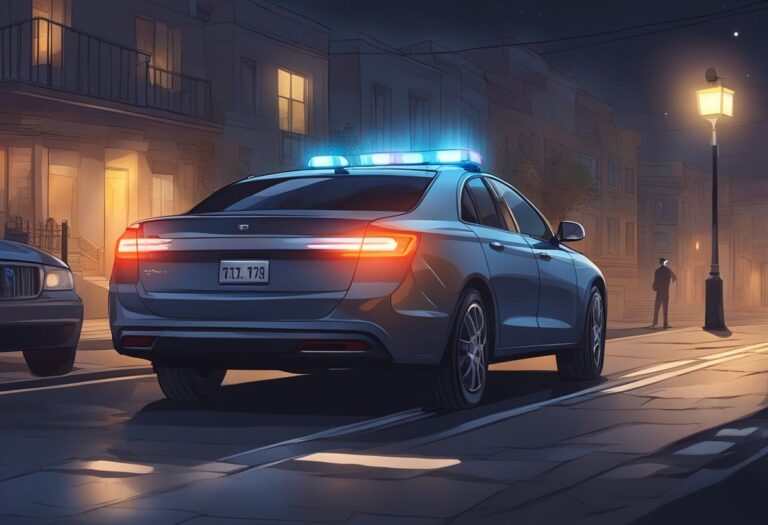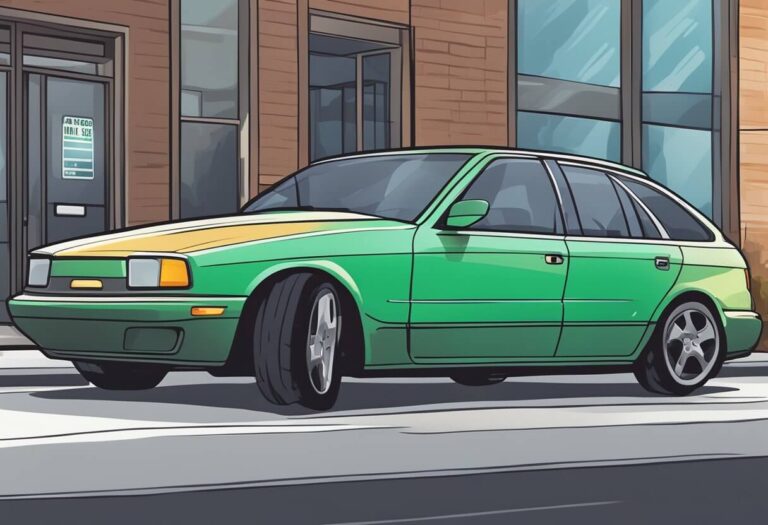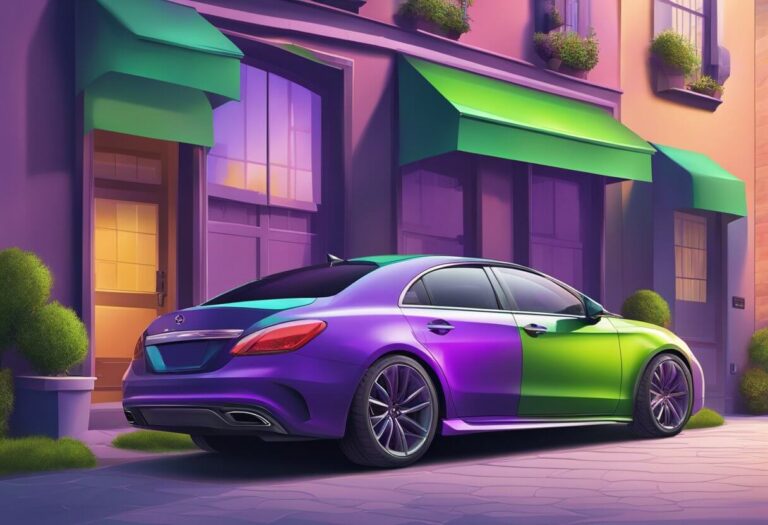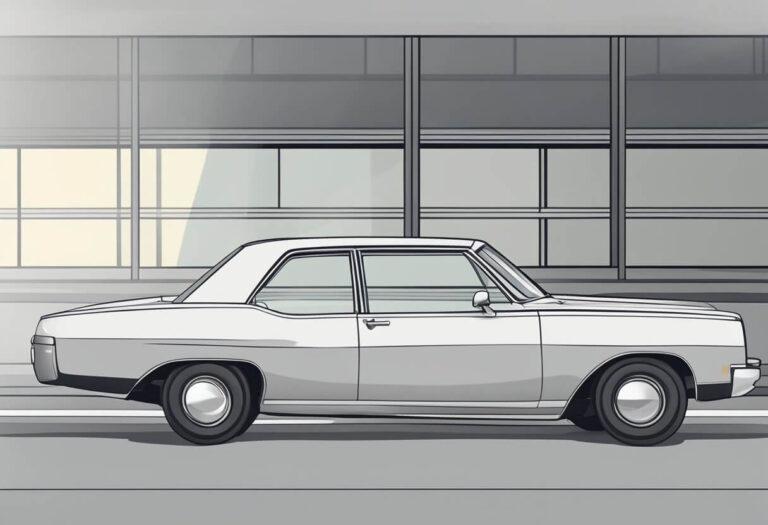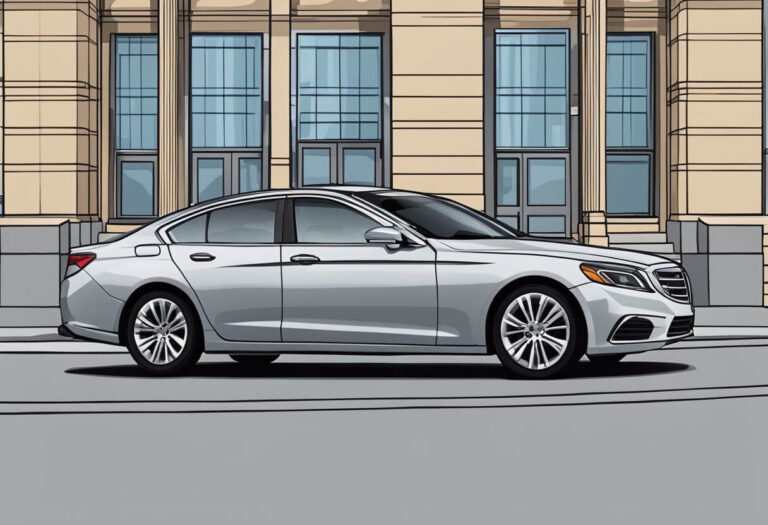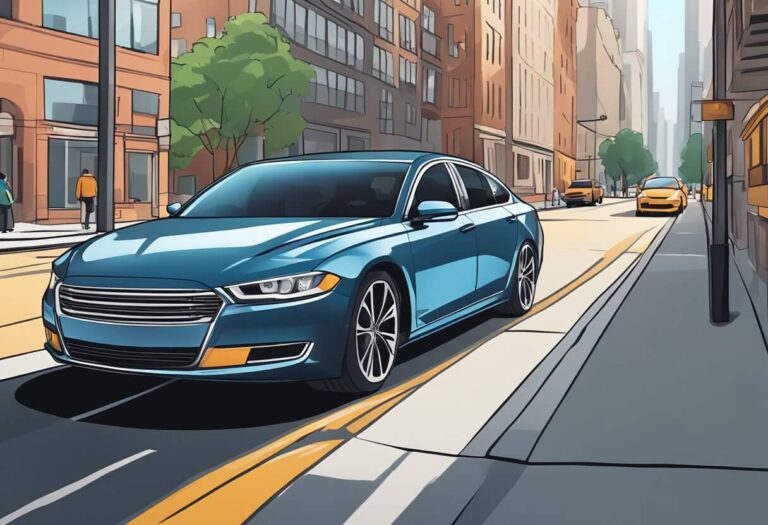Is 20% Window Tint Legal in North Carolina in 2024?
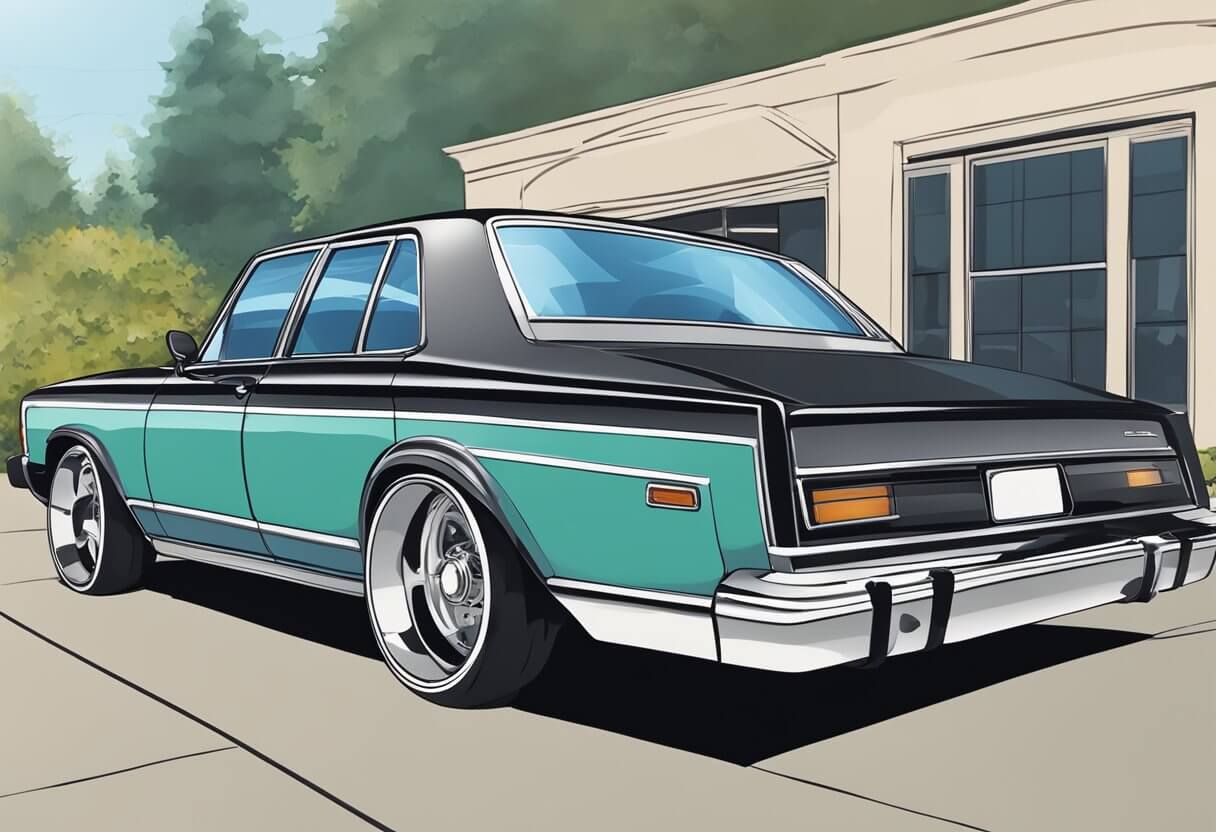
Installing window tinting has become an increasingly popular vehicle modification for NC drivers looking to improve comfort, safety, and style. But with this rising popularity also comes confusion around exactly what level of tint darkness is permitted under North Carolina window tint laws.
So is 20% VLT car window tint legal to have on your vehicle in North Carolina?
The short answer is no – 20% tint is considered too dark and exceeds legal limits for light transmission under North Carolina state laws without an authorized medical exemption. Continue reading as we dive into details around legal tint in NC.
In this comprehensive guide we’ll cover everything you need to know as a North Carolina driver or tint shop owner when it comes to the current status of window tint legality. Topics include:
- Light transmission requirements for legal tint darkness in NC
- Whether 20% VLT film meets state standards
- Exceptions allowing darker tint levels
- Penalties you may face for noncompliant films
- How to pursue medical exemption for darker tint
- Recommended legal VLT percentages
- Where to shop for compliant NC window tints
Understanding precisely what darkness levels are acceptable in your state is crucial before applying any aftermarket films. The last thing any driver wants is to unknowingly be operating an illegally modified vehicle and risk fines for noncompliance!
What are North Carolina’s Window Tinting Laws?
The state of North Carolina permits certain levels of aftermarket window tinting, but does enforce particular allowances when it comes to exactly how much incoming light can be blocked. Regulations are structured around the concept of Visible Light Transmission (VLT), which refers to the percentage of external light that is able to pass through window glass and tint.
These statutes limiting visible light blockage are defined under North Carolina General Statutes Chapter 20-127, which categorizes acceptable standards for sedans versus trucks, SUVs and vans. Let’s take a closer look at the specifics:
For sedan passenger vehicles:
- Windshield:
- Non-reflective tint is allowed above manufacturer’s AS-1 line or top 5 inches
- No tint can extend more than 5 inches below the top
- Front Side windows:
- Must allow 35% visible light transmission
- Back Side windows:
- Must allow 35% visible light transmission
- Rear Window:
- Must allow 35% visible light transmission
For trucks, SUVs and vans:
- Windshield:
- Non-reflective tint permitted only above AS-1 line or top 5 inches
- Front Side windows:
- Must allow 35% visible light transmission
- Back Side windows:
- Any VLT darkness allowed
- Rear Window:
- Any VLT darkness allowed
So in summary, a minimum of 35% visible light transmission is mandated on front side windows regardless of vehicle type. But rear and back side windows on multipurpose vehicles are exempt from a defined legal limit.
Light Transmission Requirements for Tint Darkness
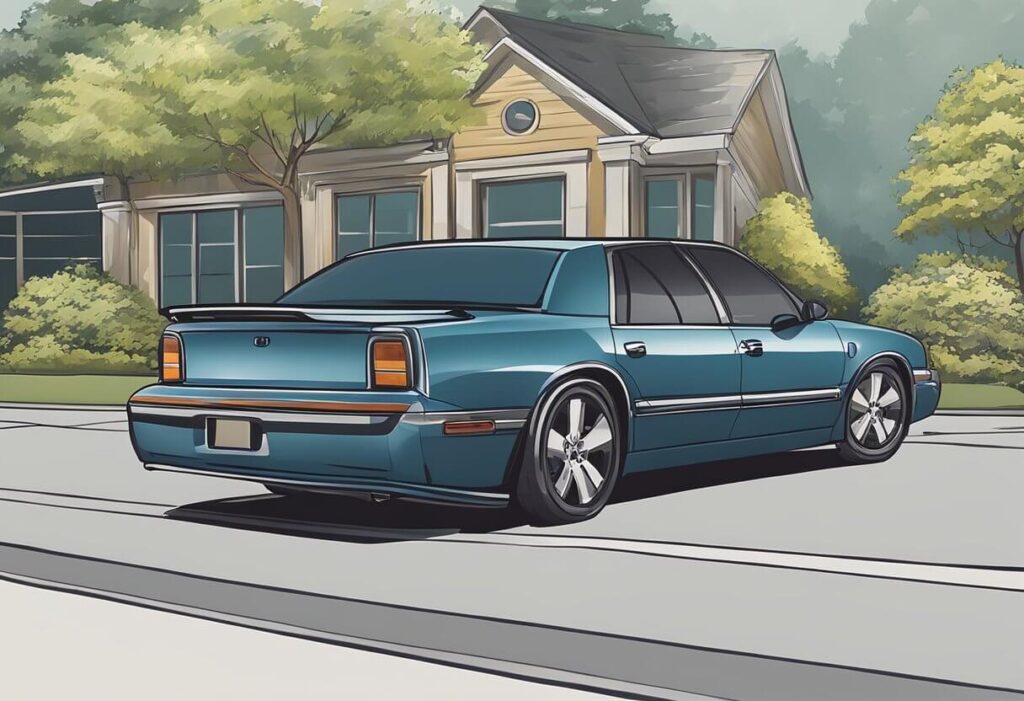
Now that we’ve covered the basics of NC tint law, let’s explore specifically what it means when it states window films must “allow 35% of light” to remain compliant.
This VLT percentage equates to the share of visible light that is still able to pass through the window tint to reach your eyes. So the higher the percentage, the lighter the legal tint will be since more light penetrates.
A 35% VLT window film blocks 65% of inbound sunlight. This provides decent heat and glare reduction while still enabling proper outward visibility needed for safe driving. It strikes an acceptable balance under North Carolina regulations.
The darkness of window tint is measured on a scale from 0% (fully opaqued) to 100% VLT (fully clear). So as you go down the scale, a lower percentage indicates more light blockage provided by a darker film.
For reference, here’s a general guideline on how dark various VLT levels typically appear:
- 85-100%: Nearly clear
- 65-85%: Light tint
- 35-65%: Medium tint
- 15-35%: Dark tint
- 0-15%: Extremely dark tint
So while 15% would be considered a dark film and 5% an extremely dark tint, North Carolina laws draw the line at 35% visible light transmission in order to promote road safety while still offering heat and UV ray protection.
Is 20% Tint Too Dark for North Carolina?
Given the visible light transmission specifications, it’s quite clear that 20% tint is indeed darker than the 35% minimum legal requirement set by North Carolina legislators.
- A 20% VLT film will only allow 20% of incoming light to permeate through. This means it is blocking 80% sunlight blockage – far exceeding the acceptable 65% limit imposed for front windows.
- 20% tint is subjectively categorized on the “dark tint” end of the visual light spectrum. So it would stand out as an obviously questionable violation to law enforcement officers.
- For sedans, SUVs, trucks and vans, at least 35% inbound light transmission is the mandate to meet basic NC compliance on front side windows.
Therefore in North Carolina, installing an aftermarket 20% VLT auto window tint is not permitted and risks you getting flagged and ticketed. Without an authorized exemption you could face penalties like fines for keeping it on your car if cited during a traffic stop or safety inspection.
So is there any way a 20% film can be legal? Keep reading to learn about certain medical exceptions.
Exceptions Allowing Darker Tint in North Carolina

The State of North Carolina does offer more flexibility when it comes to tint darkness requirements under certain medical circumstances.
If a licensed physician determines you suffer from an eligible medical condition like light sensitivity disorders or skin diseases, you may qualify for a medical waiver enabling darker tint to be applied for health reasons.
This involves submitting detailed paperwork from your doctor explaining exactly why you require specialty films along with information on your specific vehicle. If approved, the North Carolina DMV will issue you a medical exemption certificate for permitted use of darker tint.
However even with this doctors note, 20% VLT would generally still be pushing the boundaries of approved medical exemptions. Most waivers allow tint within the 20-35% visible light transmission range depending on individual circumstances.
So always clarify exactly what percentage your review certificate enables before purchasing non-compliant films. The last thing you’d want is to spend hundreds installing an overly dark 20% tint that still exceeds your permitted allowance.
Apart from the medical waiver process, North Carolina law does outline several vehicle types exempt from typical tinting rules:
- Excursion passenger vehicles
- Motor homes
- Ambulances
- Rear windows on property hauling vehicles
- Limousines
- Law enforcement vehicles
These cars are factory built for specific functions where darker windows are justified. Aftermarket tinting restrictions do not apply to exempt vehicle categories in North Carolina.
Penalties for Illegal Window Tinting in North Carolina
Driving a passenger vehicle with illegally tinted windows like 20% VLT film carries monetary fines and risks other penalties if caught violating NC statutes. Even if you weren’t aware the tints failed to meet standards, the onus falls upon owners to ensure compliance.
If cited by law enforcement, consequences may include:
- Tint Ticket: $50 fine plus court fees for first offense
- Fix-It Ticket: Mandate to remove noncompliant film within 15 days
- Traffic Stop: Pulled over anytime vehicle spotted with suspected illegal tint
- Tint Testing: Must pass light meter inspection at own expense
- Re-Inspection Fees: Added costs if modifications required
- License Suspension: Possible for repeat violations
So while very dark tints like 20% may look sleek, failing to meet the required visible light transmission minimums can unfortunately cause major headaches. Ensure you know exactly what’s permissible before making any permanent vehicular modifications.
How to Get 20% Tint Approved Through Medical Exemption in North Carolina
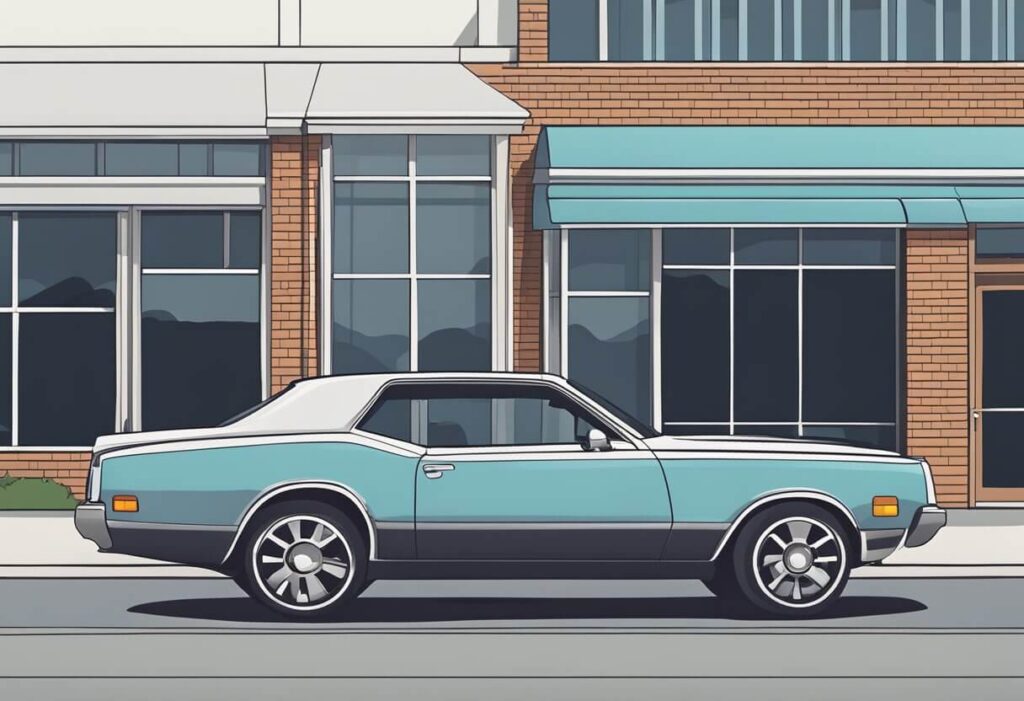
For qualifying residents with eligible health circumstances requiring extra protection, acquiring a medical waiver for darker tint is possible with proper documentation.
Here is the process to pursue medical exemption approval for specialty films like 20% VLT:
- Get Physician Approval – Set an appointment with your doctor to have them assess your condition and need for darker tint medical allowance
- Complete Forms – Work with your physician to fill out NC Division of Motor Vehicles (DMV) Medical Review Program paperwork detailing your health situation and requested tint darkness exception
- Submit to DMV – File the medical tint exemption application paperwork to the NCDMV Medical Review Board for review
- Await Approval – If accepted, you’ll receive a certified Tint Exemption Certificate permitting specific VLT percentage
- Display Sticker – Get issued static cling sticker indicating you have valid medical exception for rear window
- Carry Certificate – Keep paper certificate in vehicle at all times to prove tint compliance when questioned
This approval process must be completed before applying darker films, unless you want to risk citation and fines. And remember to clarify exactly what percentage tint darkness is enabled by your exemption.
Even with a medical allowance, 20% would be pushing the boundaries of permitted visibility reduction. So ensure you meet all administrative requirements before purchasing non-standard tints.
Should You Get After-Market 20% Window Tint in North Carolina?
Given the extensive regulations and risks around driving with overly darkened window tint, it’s generally not recommended to install an aftermarket 20% VLT film without an authorized medical exception.
Some reasons to reconsider whether 20% tint is the right choice include:
- Doesn’t meet minimum visibility and road safety requirements
- Easily identifiable as non-compliant by officials
- Risk racking up fines and penalties if caught
- Hassle of removing if issued fix-it ticket
- Wasting money installing disallowed shades
Rather than flouting NC laws just for the aesthetic, strongly consider going with a compliant 35% VLT or lighter shade. This still provides decent UV protection and glare reduction without the headaches of running afoul of enforcement officers.
And for those set on super dark tint for medical reasons, properly secure a certified DMV exemption certificate specifically permitting your requested percentage before installation.
Otherwise opting for an unlawfully blacked-out appearance risks citation hassles or worse if involved in a nighttime accident caused by visibility impairment. Drive safely and legally!
What VLT Percentage is Recommended for Legal NC Tint?
To avoid any statutory troubles while still reaping benefits like heat and glare reduction, we recommend going with a 50% VLT auto window tint for optimal visibility and peace of mind.
Why 50%? Here’s some benefits:
- Meets/exceeds the 35% North Carolina legal requirement
- Still blocks 50% of incoming light for protection
- Lighter shade less likely to grab officer attention
- Retains great night driving visibility
- Less risks and penalties than darker shades
- Easier to obtain medical exemption if desired
Of course North Carolina does allow legal car window tint to be as dark as 35% visible light transmission. But a 50% VLT strikes a great balance between style, function and compliance. You still get decent solar blocking capabilities too.
And should you indeed require an extra level of UV ray defense for medical reasons, your exemption certificate would more easily permit a 50% film versus pushing near the 20% threshold of allowances.
So for a trouble-free life sans tint tickets, stick with 50% VLT or lighter when applying aftermarket films in North Carolina. It meets all legislative directives while providing heat relief you can actually see out of!
Where to Shop for Legal Window Tints in North Carolina
Once you’ve settled on an approved VLT shade for your North Carolina registered vehicle, it’s time to get shopping!
Be sure to choose an experienced auto styling shop with specialist knowledge on precisely which film brands and darkness levels comply with NC statutes. Reputable dealers will have access to a light meter tool to test visibility standards before applying tints.
The best method is to:
- Pick Compliant Film Brands: Quality tinters stock brands offering permitted degrees of light transmission
- Select Approved Shades: Usually Metallics, Ceramics, Nanocarbon films that meet safety measures
- Specify North Carolina Compatibility: Request technicians adhere to all in-state window tinting legal specifications
- Ask to See Proof: Have staff demonstrate compliant readings on a light meter scanner
- Get Documentation: Obtain receipt showing VLT percentage in case questioned later
Sticking with industry specialists well-versed in North Carolina compliance equates to peace of mind your newly stylish ride won’t get you undeservedly pulled over later on down the road!
Conclusion
Hopefully this guide has helped demystify the world of North Carolina window tint laws for both drivers and industry retailers when it comes to crucial regulations enforced around Visible Light Transmission restrictions.
While we know many auto enthusiasts may lust after the sleek look of super dark 20% VLT window tints, understand that without authorized medical exemption these films fail to meet state-mandated allowances designed to promote public safety.
Always err on the side of caution when applying aftermarket window colorization to avoid undue penalties. Tint darkness should never compromise proper driving visibility or earned you headaches with the law! Opt for compliant shades offering protection without risk.

